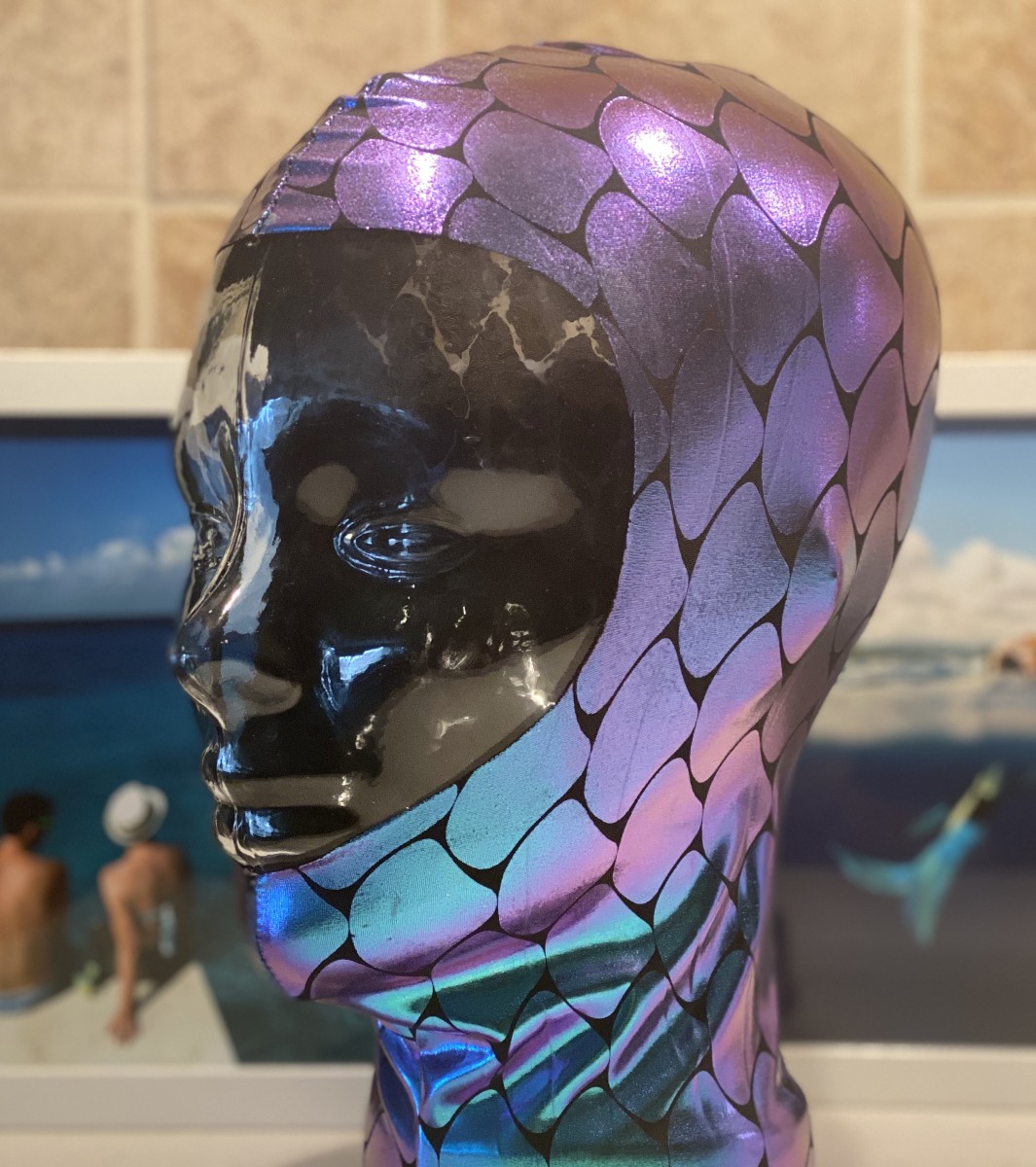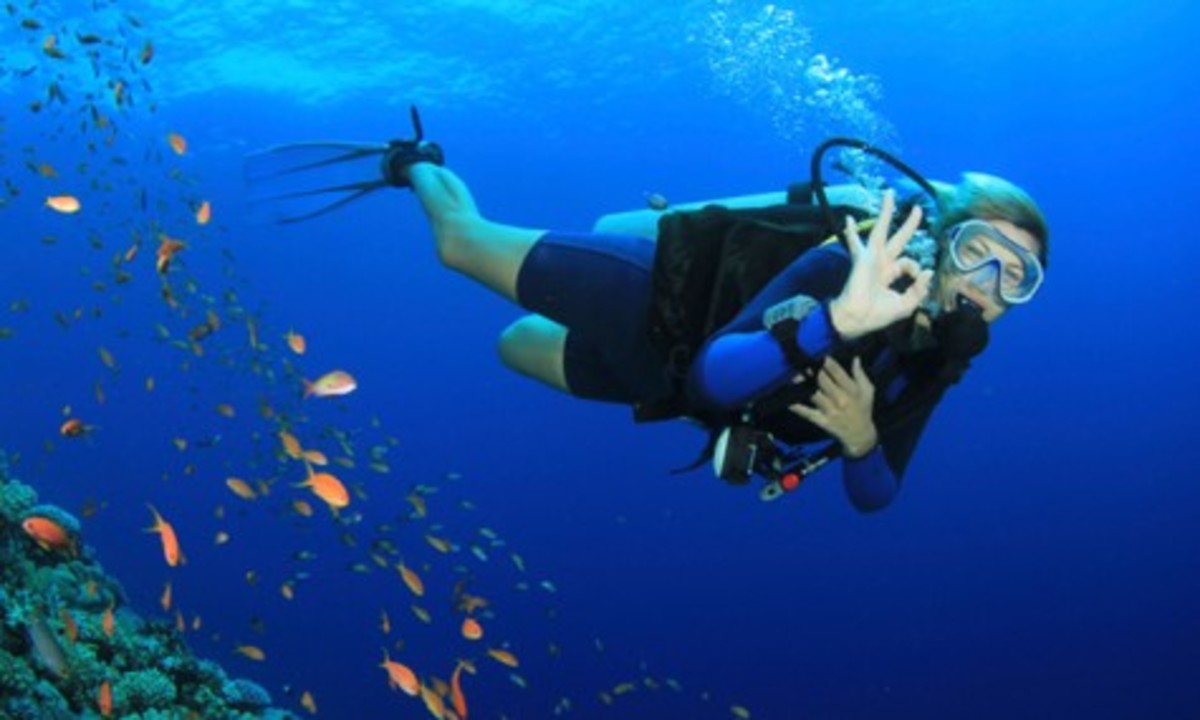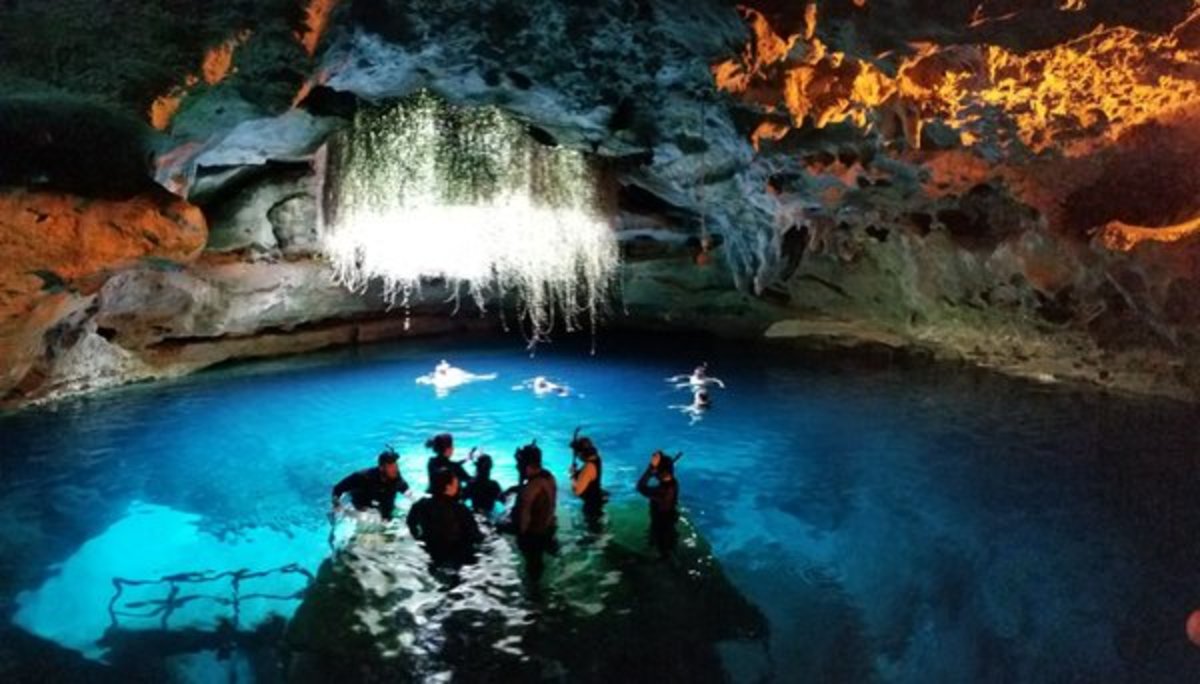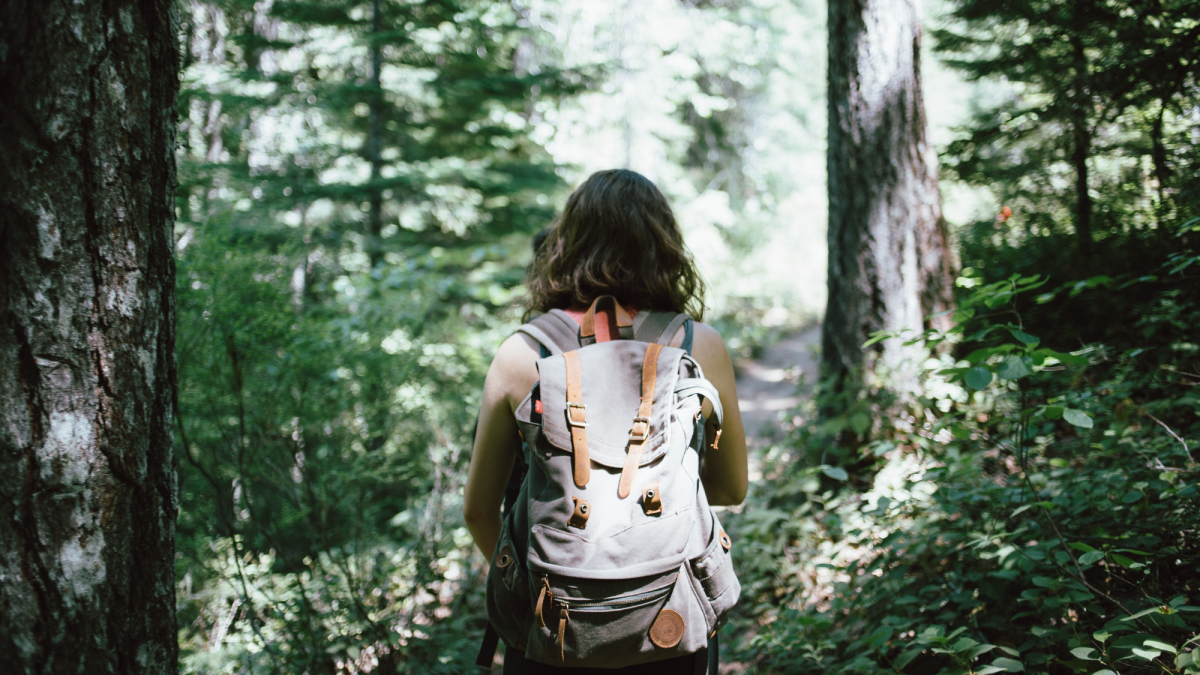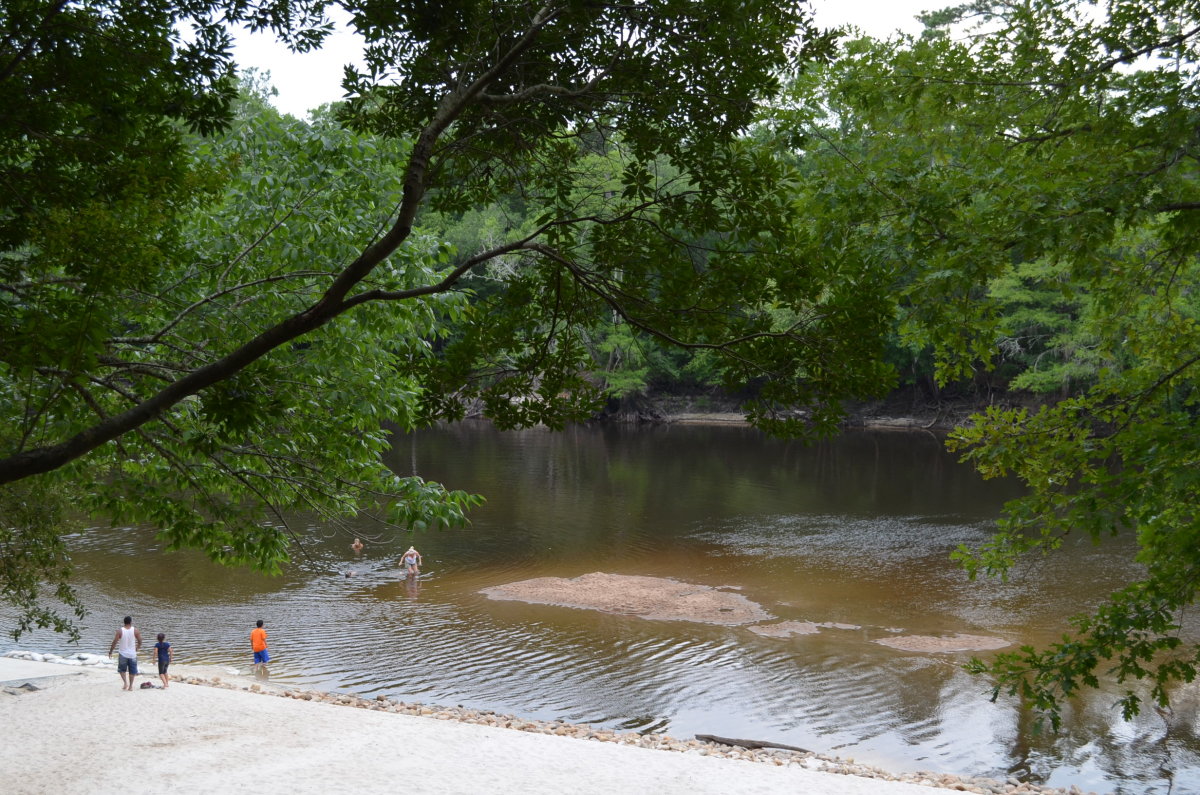Scuba Diving BCD-How I Prepared Mine
This amazing and simple piece of scuba gear called the BCD (Buoyancy Control Device) or Stabilizing Jacket that helps us so in diving was only introduced to us just a few decades ago. A scuba BCD helps us a lot in buoyancy control as in comparison to not long ago, without it, divers would bob up and down throughout their dive trying to regain their buoyancy control.
Assuming that you have already chosen your scuba BCD and learn´t a few tips here and there on its care and maintenance, you can make a few alterations on your scuba BCD to make it more personalized and suited to your diving requirements.
You can see by the photos how I rigged my scuba BCD up to my taste and requirements.
I´ve placed a small knife upside down on my power inflater hose. Yes, I do carry a knife strapped to the inner part of my left leg. But as you know, in scuba diving some redundancy is necessary just like your octopus or alternate air supply.
This knife has often been very handy. It´s so easy to reach for it because it´s so close to your hands that you don´t need to reach all the way down your leg to grab your main knife.

Behind the knife you can notice an emergency surface whistle neatly held against the power inflator with a loose nylon strap.
I have also added two extra stainless steel D rings to my scuba BCD and they have been very useful whenever I carry any extra scuba gear for cave, wreck or deep diving.
Above my right D ring, I´ve carefully sewed an x-acto knife. It´s looks like I´m over doing it but then again it has been handy on occasion. It´s light and it weighs only a few grams, its flush and it´s there when necessary.
Observe that I do not carry a console but only a small air pressure gauge. Used to have one on my scuba BCD but removed it when I got a dive computer. The computer and compass now go on my left wrist.
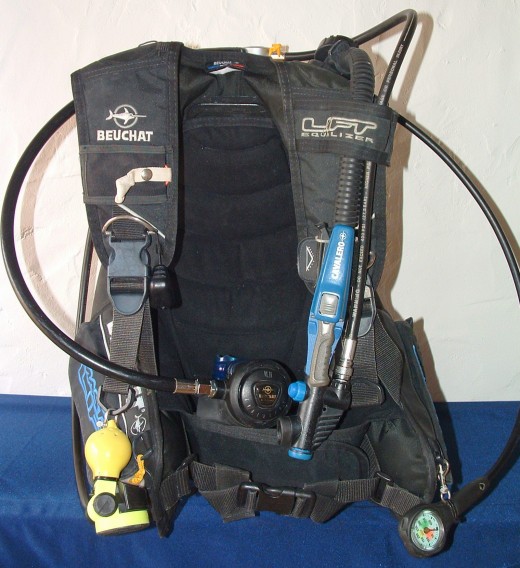
Notice that my octopus mouthpiece is wedged in a yellow pear. This pear keeps your octopus close to your body.
I have seen many a divers that neglect their alternate air source while diving and letting it drag on the sandy bottom or bang against rocks and reefs.
Around my steel tank I´ve added an elastic band that I cut off from an inner tire tube and placed the octopus hose in it as you can see. You do know that this octopus hose is slightly longer than your main regulator hose.
It keeps this hose out of the way up until I or someone else needs it (knock on wood). Remember that you´re in the water so rubber is constantly lubricated and easy to yank it out in case of need.
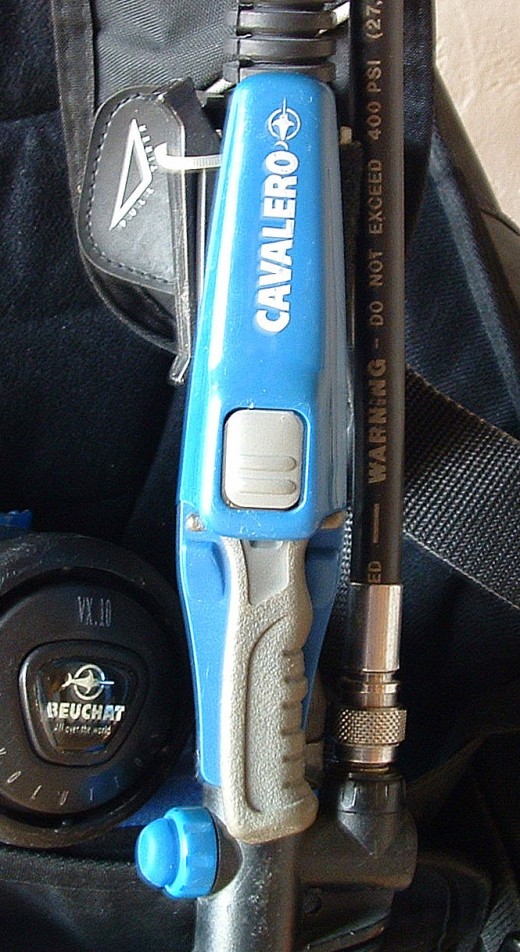
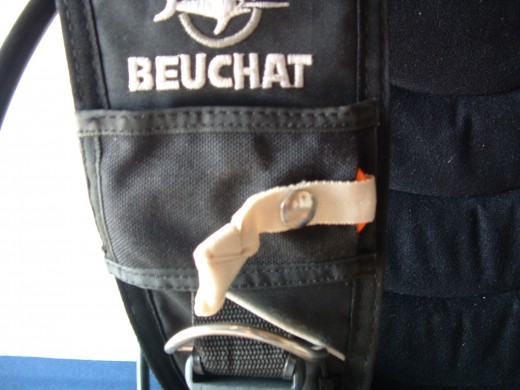
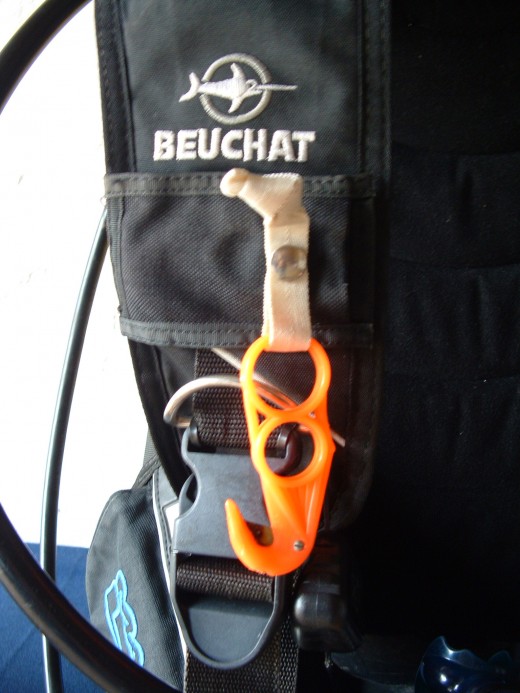

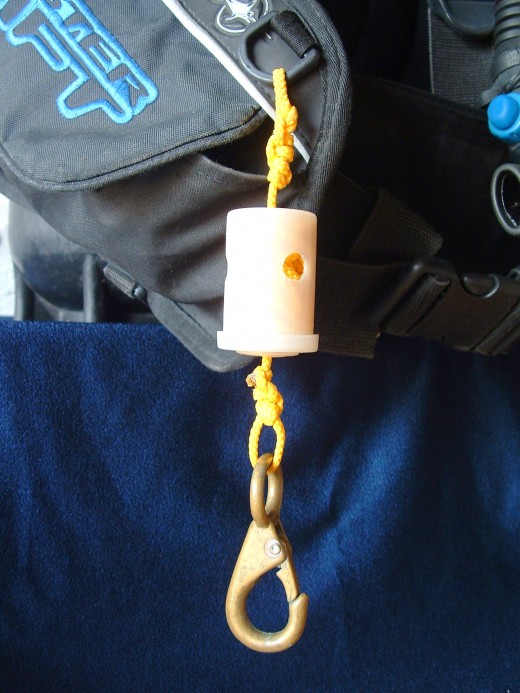

Try to keep your scuba BCD as much hydrodynamic as possible. It´s not because you want to break that underwater speed record (which you shouldn’t in the first place) it´s because of the stronger currents you sometimes get underwater and the more surface area you have around your scuba BCD the more prone you will be against this current and the more air you will consume the more fatigue and so on!
These last two pictures could be a bit mind boggling, but let me explain! On my scuba BCD I´ve added this simple device that anyone can do at home. It´s just a tough nylon cord that’s about a meter and half long tied one end to my scuba BCD and the other to a spring hook.
The 35mm film canister is just to neatly store the nylon cord in when it’s not in use. As you can see it is tied to my scuba BCD close to my right pocket and it fits easily in without occupying any space. If you are diving off a boat this could be handy as it has been for me.
At the end of a dive just before climbing back in the boat, I have had sometimes to help a buddy getting in the boat or do something or another where I had to take my scuba BCD off to be able to move freer and faster.
For that reason I came up with this simple system where I could temporarily tie my partially inflated scuba BCD around the anchor line or someplace other around the boat and go about my business. This cord will never tangle when you need it if in the first place you store it properly in the 35mm canister.
Do it safely and enjoy diving!
More on Scuba Diving that you should know about
- Scuba Diving BCD Care and Maintenance
This amazing and simple piece of gear called BCD (Buoyancy Control Device) or Stabilizing Jacket that helps us so much in diving is a relatively new invention. A scuba BCD helps you a lot in buoyancy control... - Scuba Diving Buoyancy Control Tips
Scuba diving is simply great fun and the sooner you master the use of your basic scuba gear the faster you will be able to reap naturally each and every dives amazing wonders! Good buoyancy control means... - Scuba Diving Bags
Scuba Diving Bags - Scuba diving bags to store your gear is a very important and careful decision you will have to make because in the future you will eventually acquire more scuba diving gear to complete and assist you in your dives and you want to - Shipwreck Diving
Shipwreck Diving - Shipwreck diving is a specific area of scuba diving that can be enjoyed by divers, in all areas around the seas and in lakes, dams and rivers. Some wreck diving require only basic scuba diving equipment, scuba skills and self educa - Scuba Diving Masks Choosing the Right One
Not all diving masks are the same. The diving mask that you end choosing as part of your scuba diving gear will significantly influence on the harmony and comfort throughout your dive. When on a dive shops... - Scuba Diving Accessories
There is huge amount of scuba diving accessories to choose from nowadays and if you are new to this wonderful world of scuba diving, choosing the right accessories for yourself can sometimes be confusing and... - Scuba Diving Mask Maintenance and Tips
You have just bought a brand new diving mask and now you are eager to test it out on a dive. Well, hold on because there are a few things you should consider and do before that first dive with your new mask.... - Scuba Diving Equipment Basic Gear
You havent yet finished your scuba diving classes and youre already thinking of getting some scuba diving equipment. Well, hold on there for just a minute! There are a lot of different types and...



